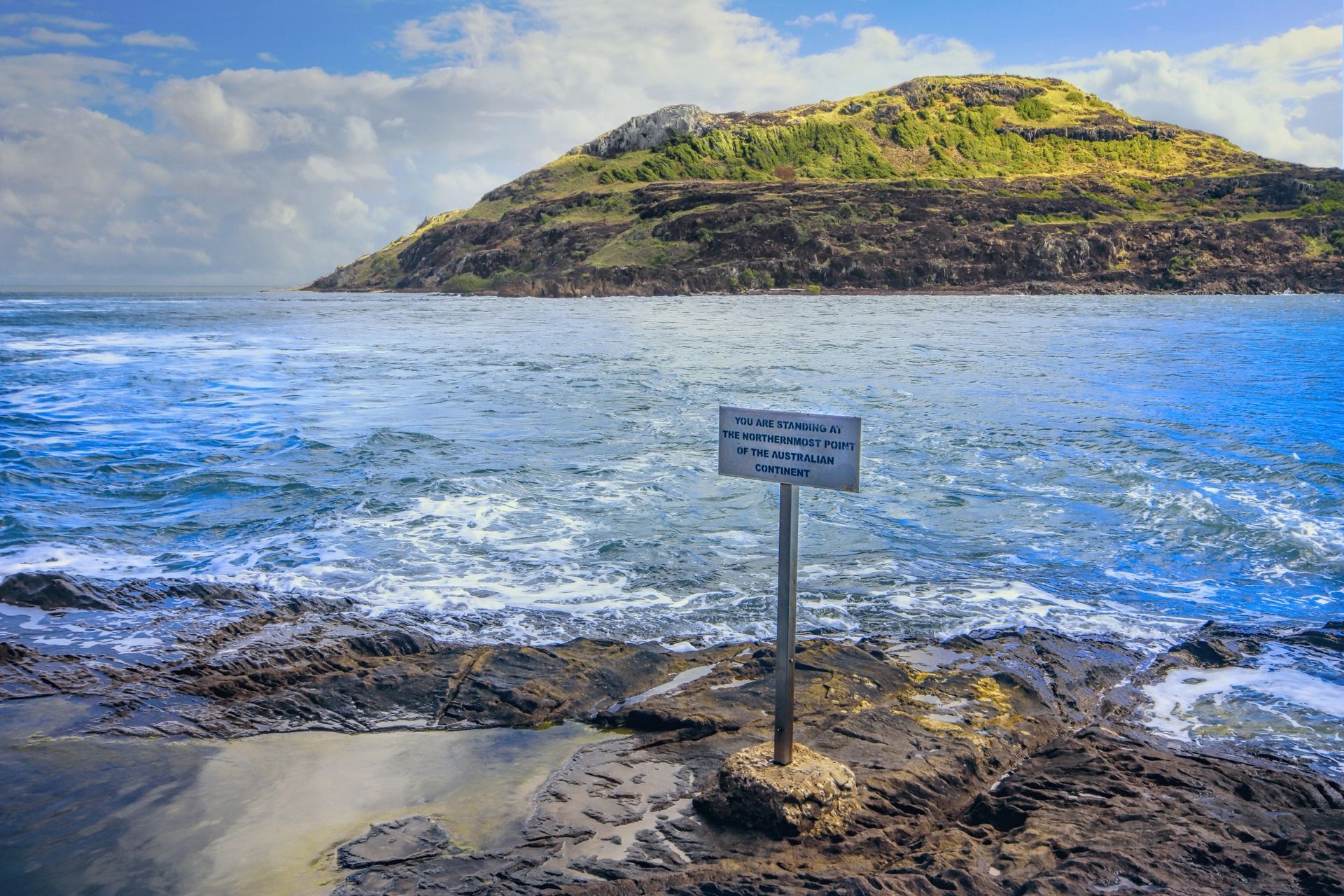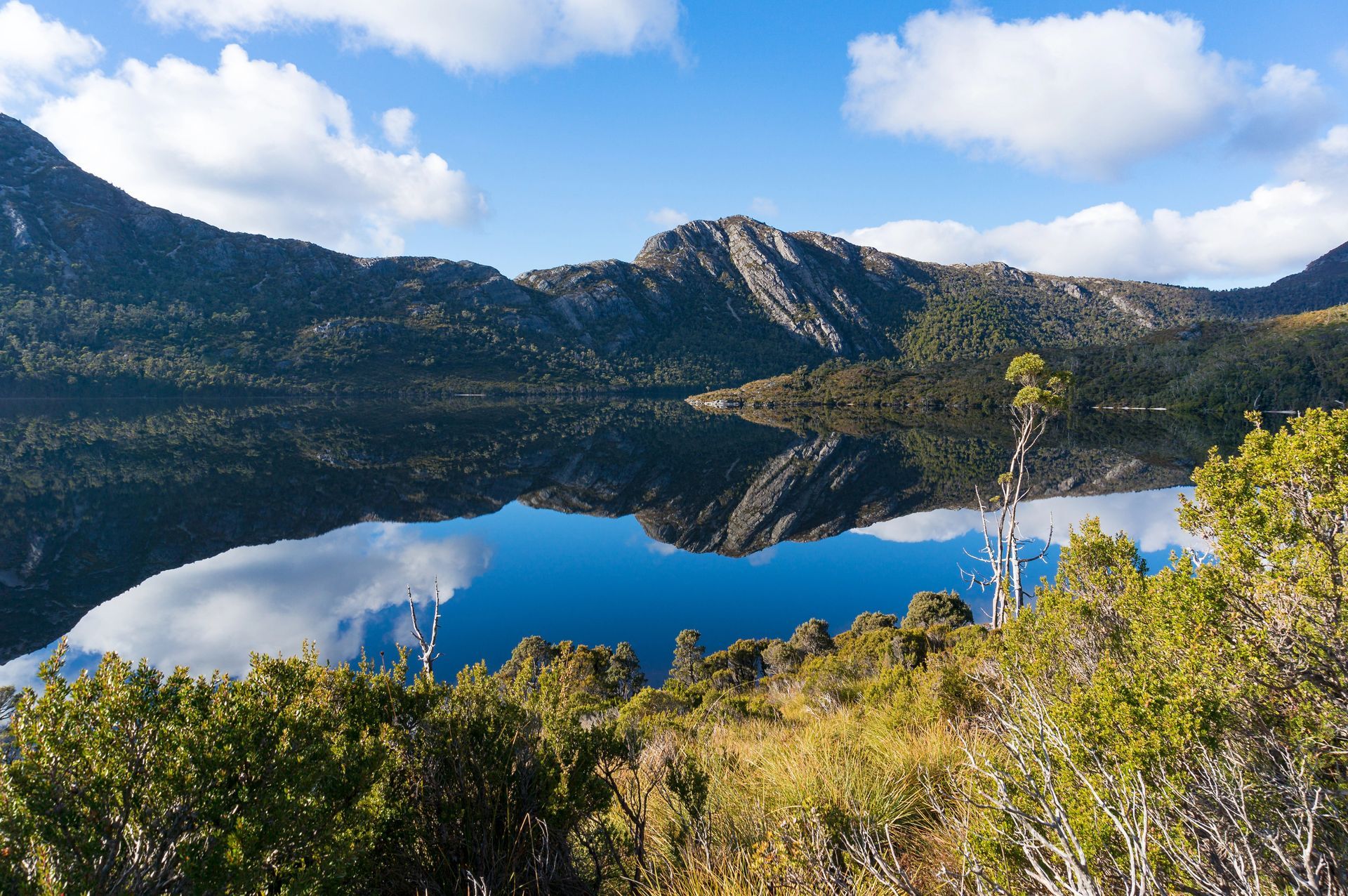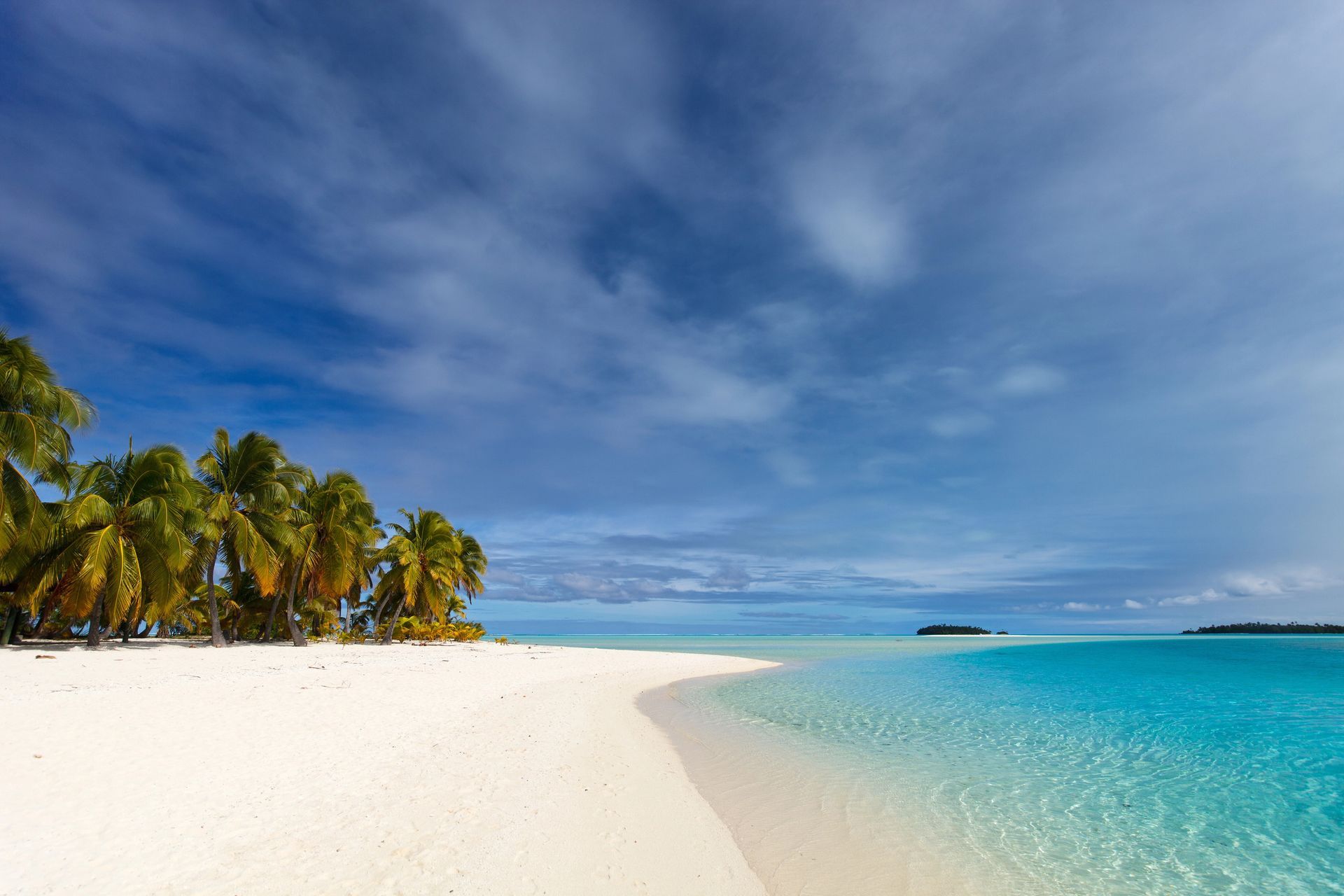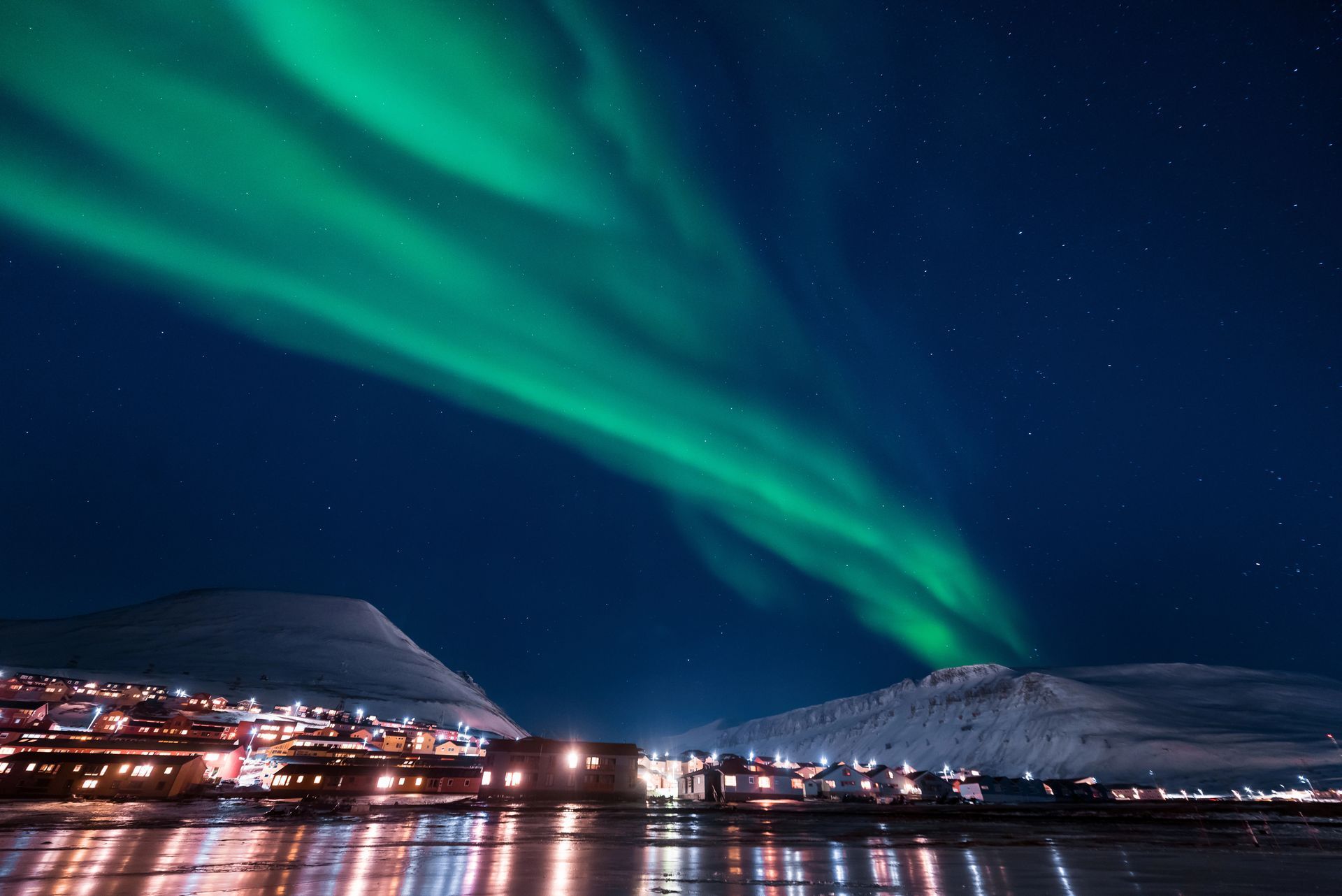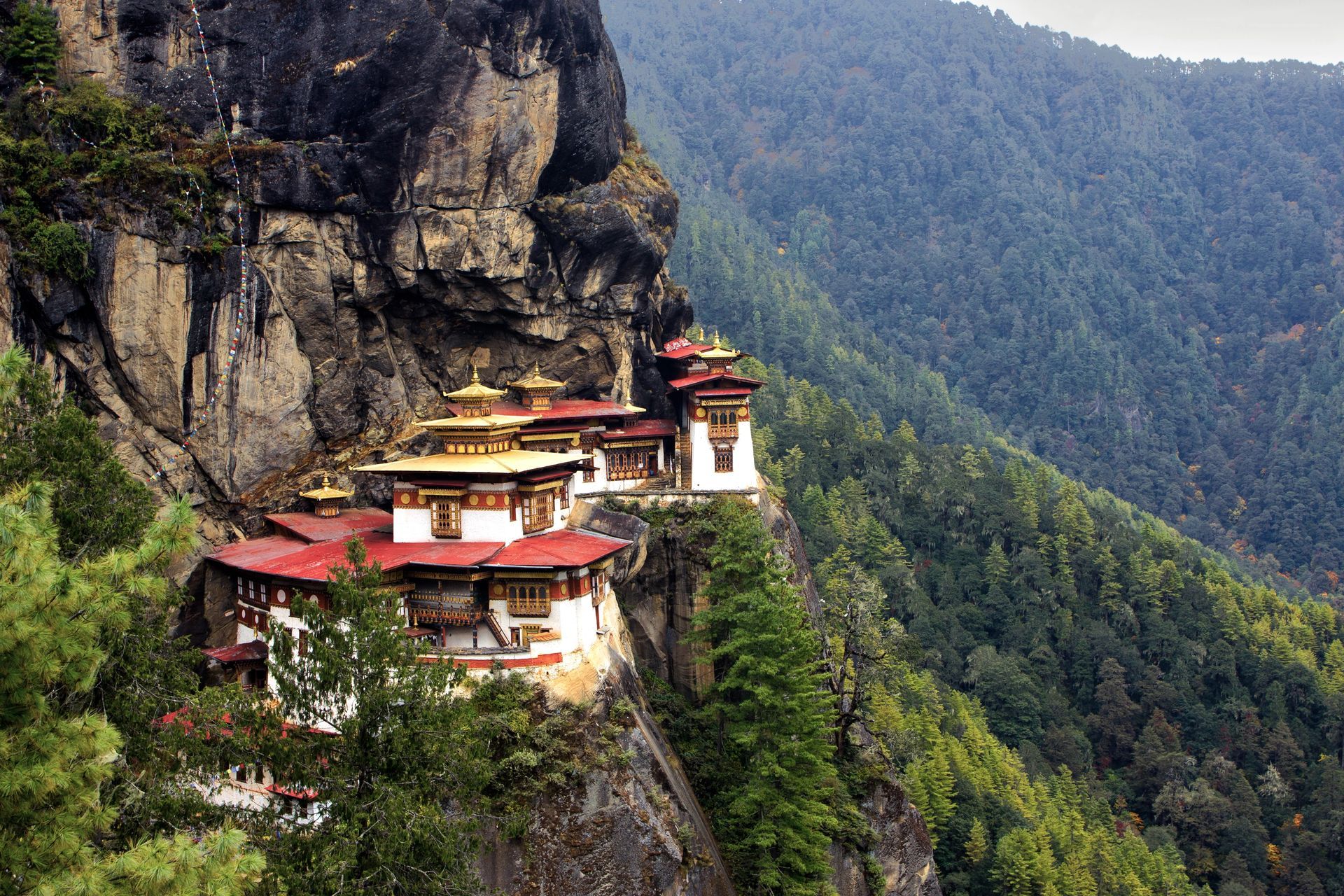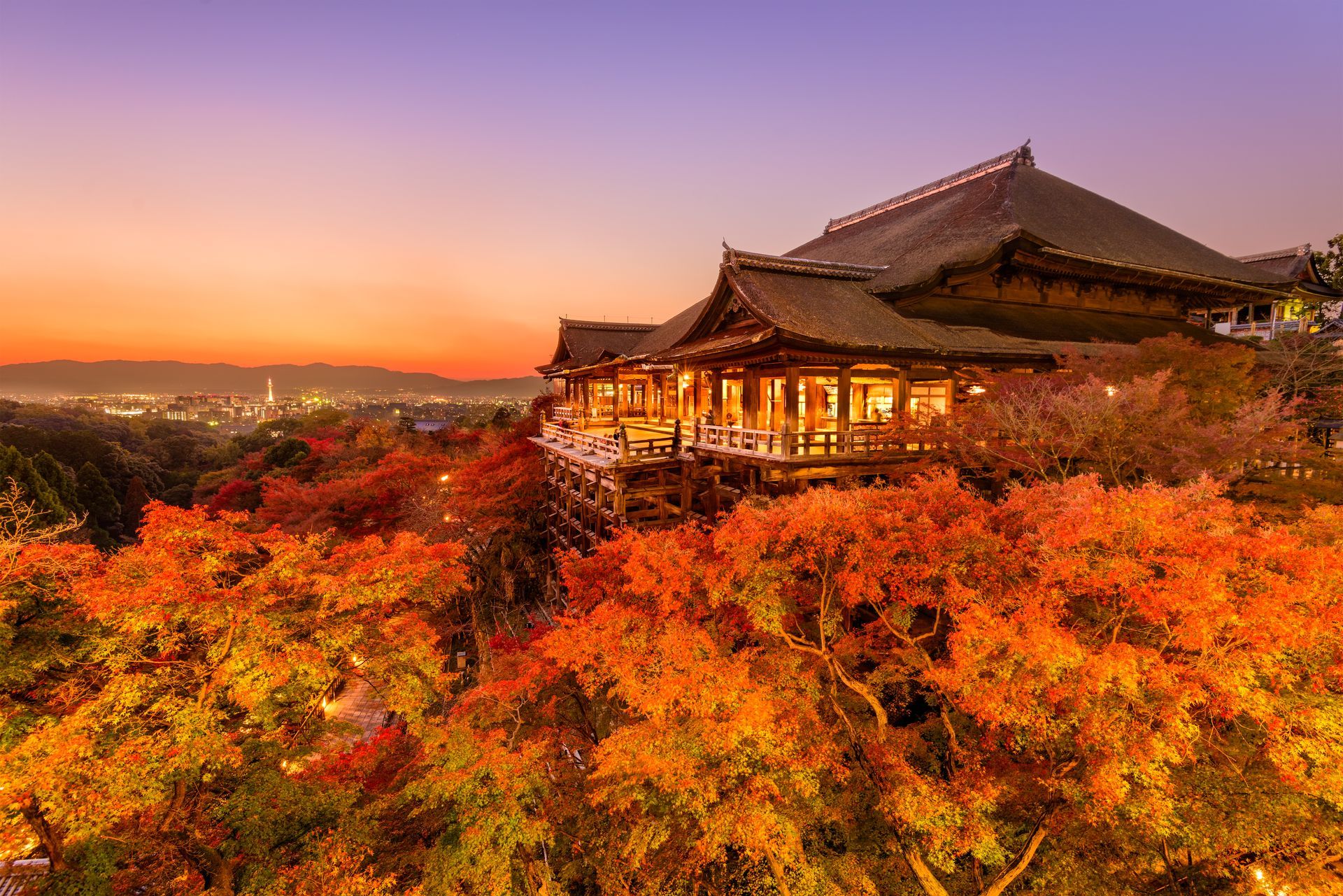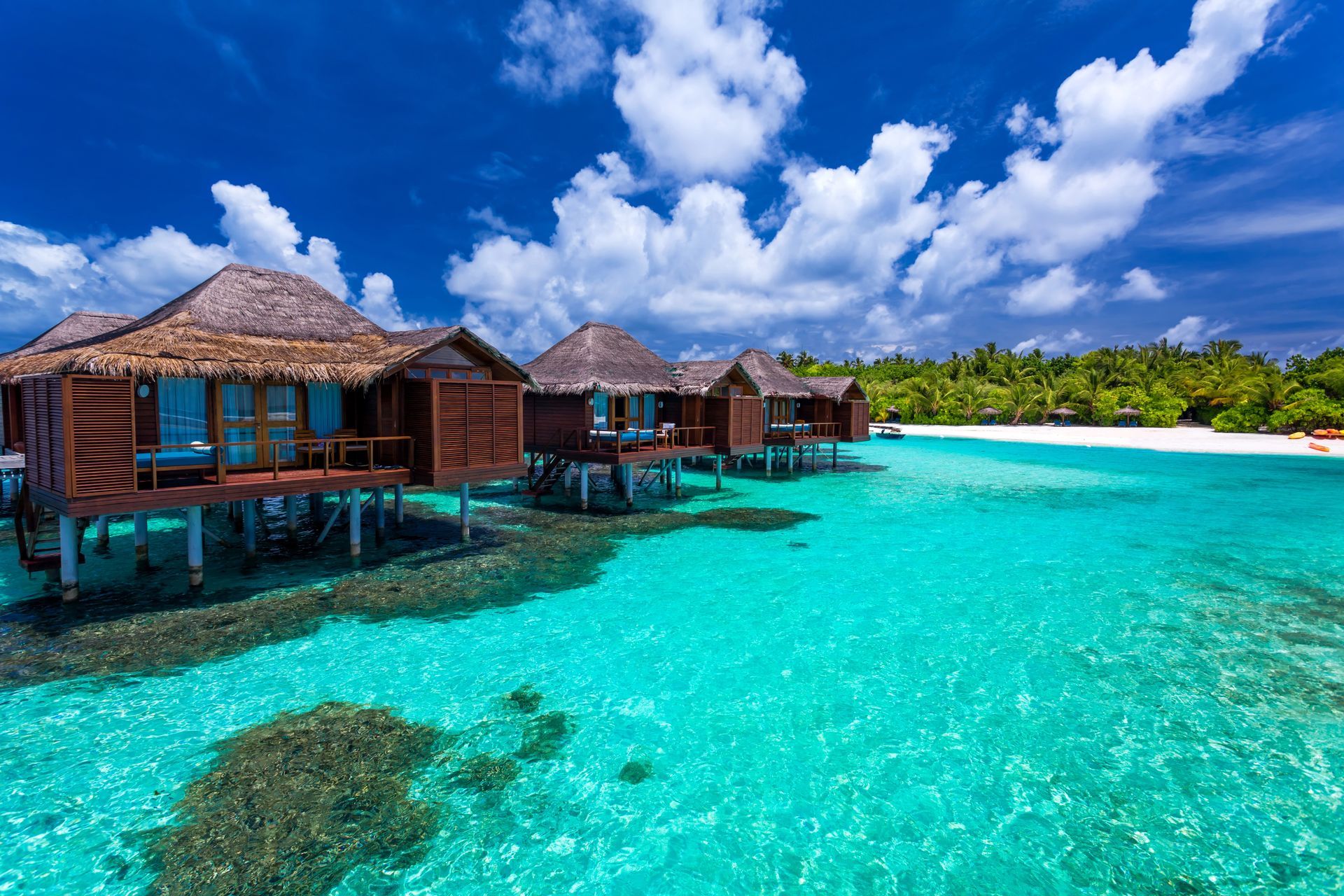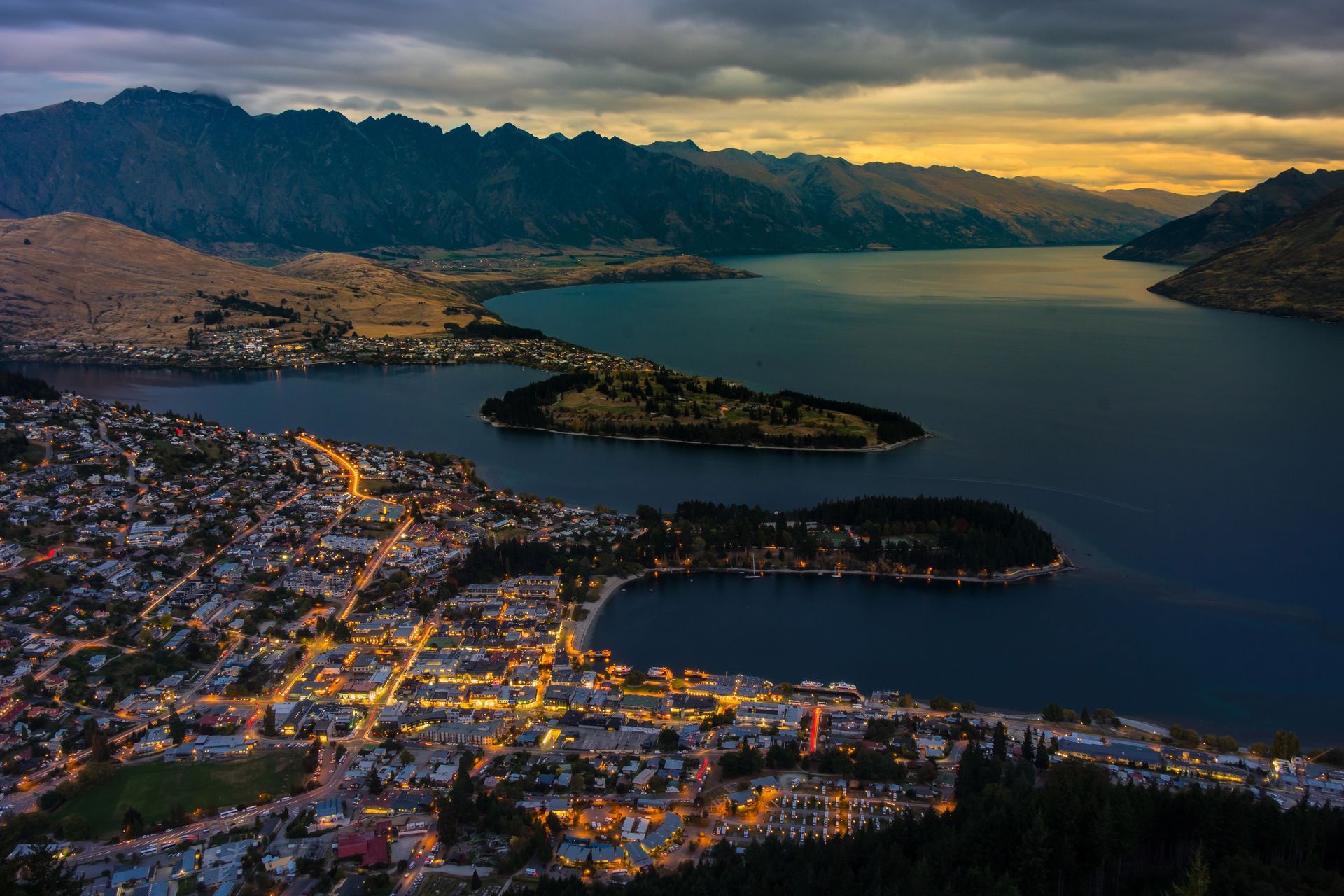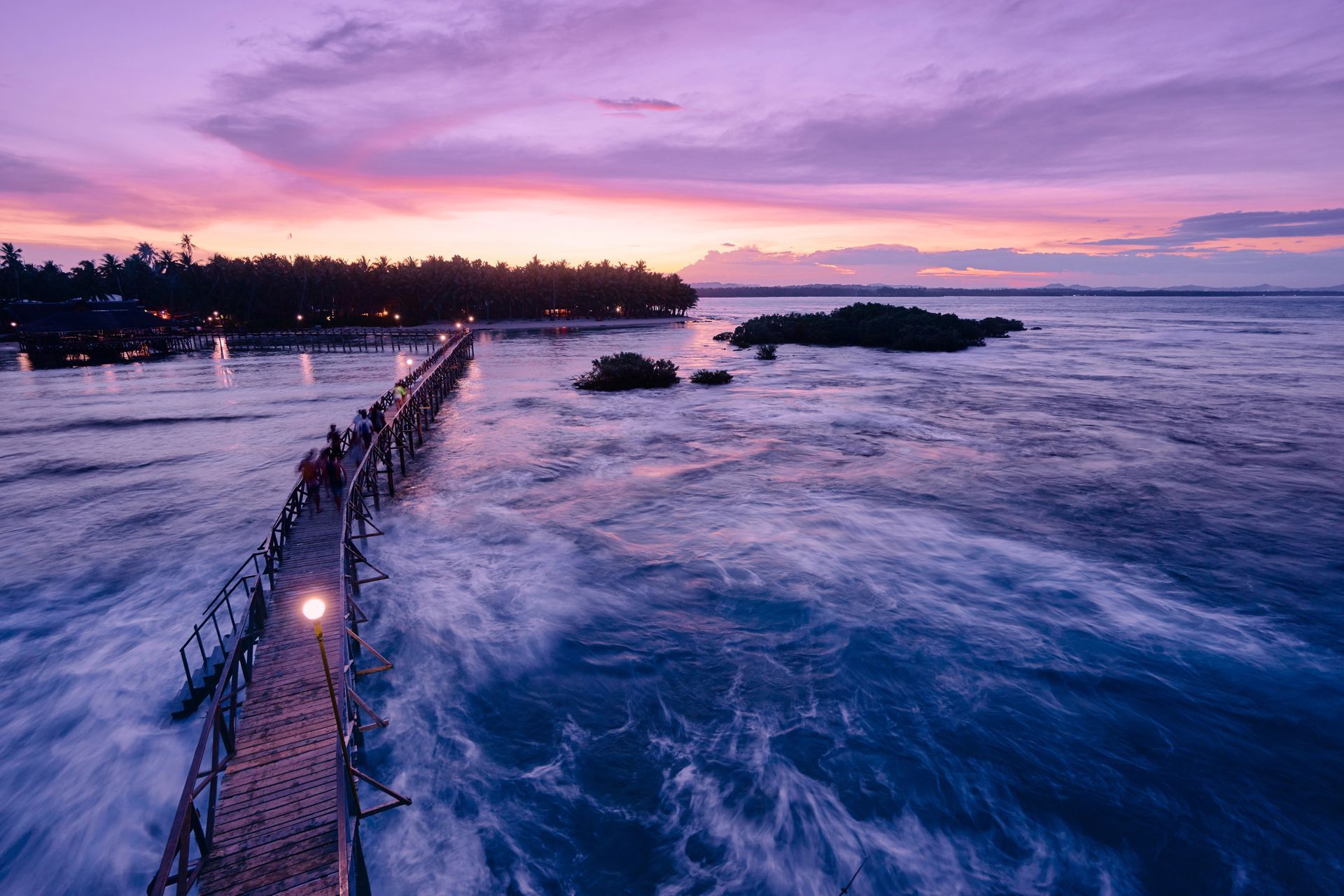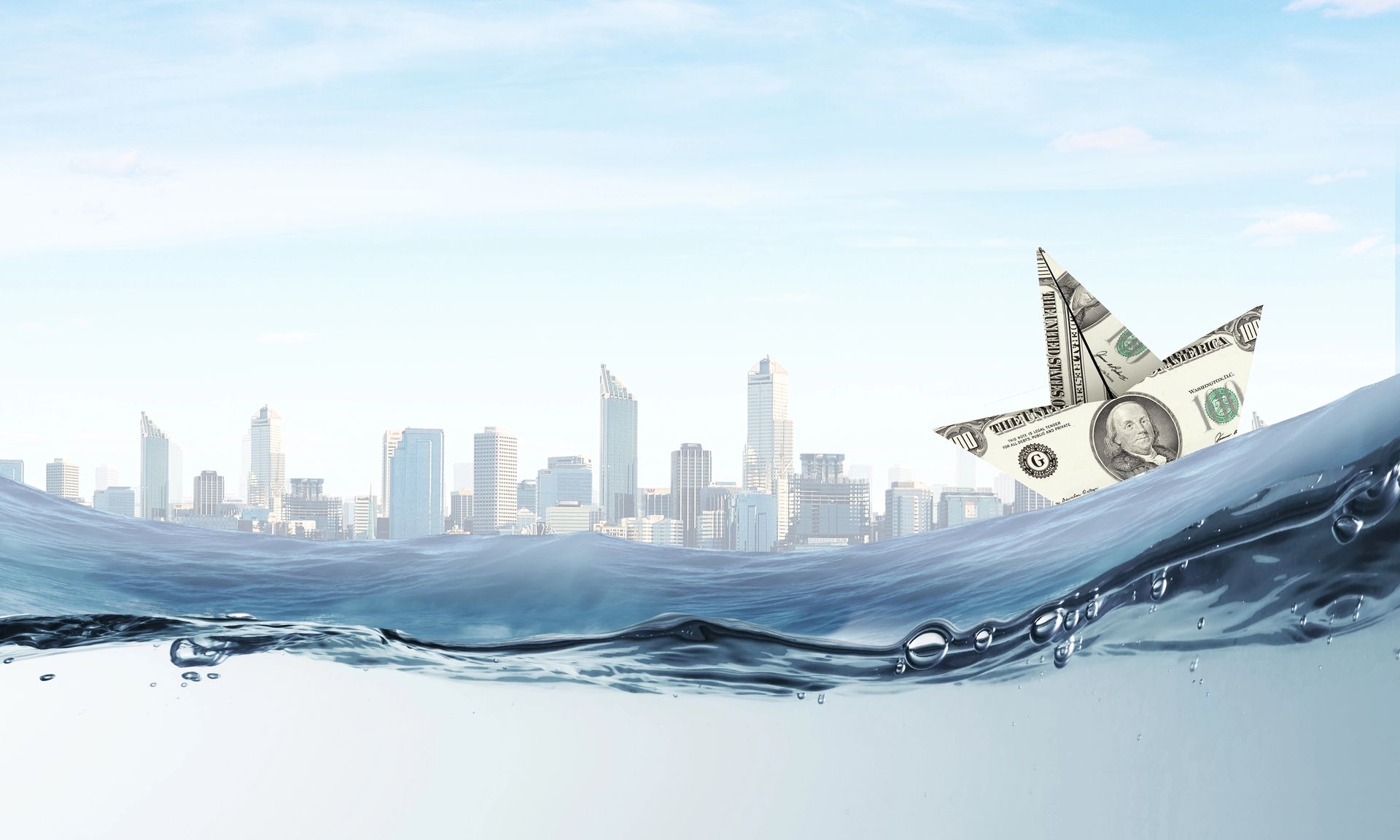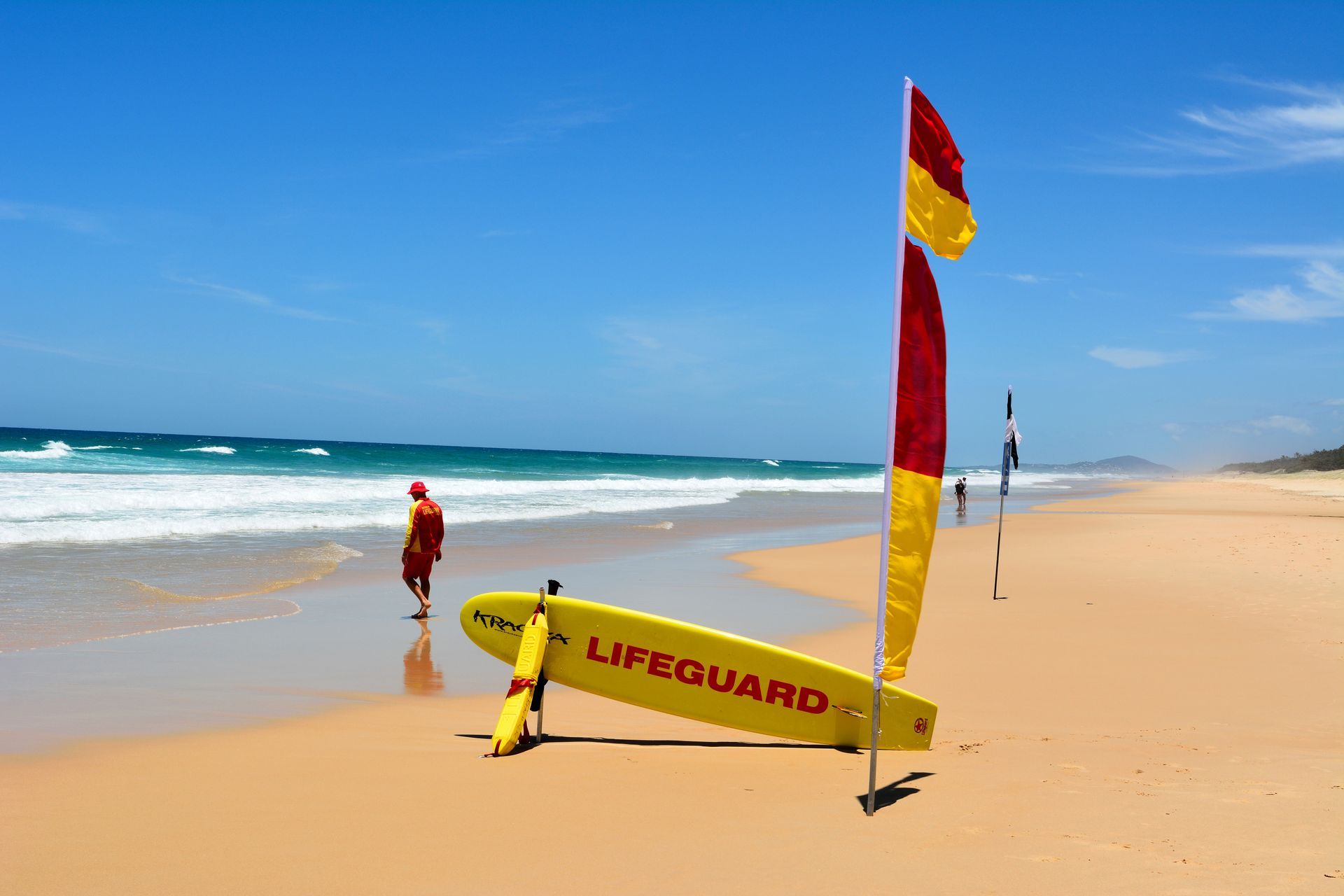By Todd Conklin
•
September 17, 2024
Valo Wealth exists to help you connect your wealth to what’s most important. We strive to be your guide through an uncertain journey. Perhaps another analogy would be lifeguards… I’ve never been a lifeguard, but I am a keen surfer and am very familiar with the wonder and beauty of the ocean but also the dangers that lurk there for the inexperienced. Lifeguards know where to put the flags to maximise your safety. Swimming between the flags doesn’t guarantee a risk-free experience, but it does manage risk and provide a layer of protection, with watchful eyes ready to help if you get into trouble. When you go to the beach, swimming between the flags assures you that a trained lifeguard who is both willing and able to help will come to your rescue if you get in trouble. Outside the flags or on an unpatrolled beach, you have no such protection. In a financial sense, swimming between the flags involves many factors, but one important element is insurance. Insurance fulfils the same function. Without it, you have no protection if things go wrong. With it, you have the peace of mind of knowing there is a financial back-up. Whilst we may not put our insurance companies on the same pedestal as our lifeguards, at the end of the day, they will come to our rescue if required. Of course, you don’t go to the beach expecting to drown – you expect to have a lovely time. So, too, with insurance, the expectation is that you won’t have to claim – and what a great outcome. But if you do, you must be adequately protected. Let me share a personal story that is, unfortunately, unfolding in my family as we speak. My wife and I are generally quite diligent in keeping up all forms of insurance. Many years ago, we took out top-shelf comprehensive car insurance on our vehicle – you know, the kind with the free windscreen repair, hire care included, agreed value, choice of repairer etc. I was satisfied we had the best we could get. That was about eight years ago, and then life got busy. We never really reviewed it, and we felt that everything was OK. Fast forward to today. Our daughter, who was 10 years old when we took out the policy, is now driving and just got her P’s. I dutifully ‘dusted off’ the policy and took a cursory look, noting we had an “inexperienced driver excess”, and was satisfied my house was in order. A week later (a month ago now), my daughter had an accident. It was only minor, and she was fine – she reversed into a parked car in a split-second poor decision. No big deal, but she managed to scrape down one side and rip off the rear bumper bar of the other vehicle, courtesy of the bull bar fitted to our Toyota Prado. So not a cheap repair, impacting at least three or four panels. “No problem”, I thought to myself; I’ll call the insurer and make a claim. Guess what I was told when I called up? “I’m sorry, you are not covered. Your daughter is under age 25, and when you took out the policy 8 years ago, you opted to exclude drivers under age 25”. The result, is we have no cover in this instance, and the “Bank of Dad” gets to pay in full for the repairs to this guy’s car. We haven’t received the bill yet, but I estimate somewhere between $5,000 and $15,000. It hurts, but it’s manageable. However, you know what hurts most? It was completely avoidable. Had I checked the fine print, my exposure would have been limited to the extra $750 excess! So here I was, thinking I was safely swimming between the flags when I was completely exposed. I count myself lucky. Firstly, the only injury my daughter suffered was to her pride. But secondly, imagine it was a more serious accident. Putting aside personal safety, the cost of paying cash to replace both our vehicle and the others could quite possibly be over $100,000 – maybe even $200,000 if she hit the right (or wrong!) type of car. I’m somewhat embarrassed by this experience and am certainly guilty of being the ‘plumber with the leaky taps’. But I felt it was important to share, in the hope it has been a timely reminder for you to review your insurance. As a financial adviser, our domain is life insurance – the stuff that protects you, which arguably is the most critical coverage. Compared to cars, people, along with their future earning capacity, are very expensive to replace. Over the coming months, we’ll be diving deeper into the topic of life insurance. For those that are a little older, don’t switch off! Whilst you may be past the age of requiring life insurance, your kids probably are not, and there are compelling arguments for you to take an interest, but more on that in the next article!



